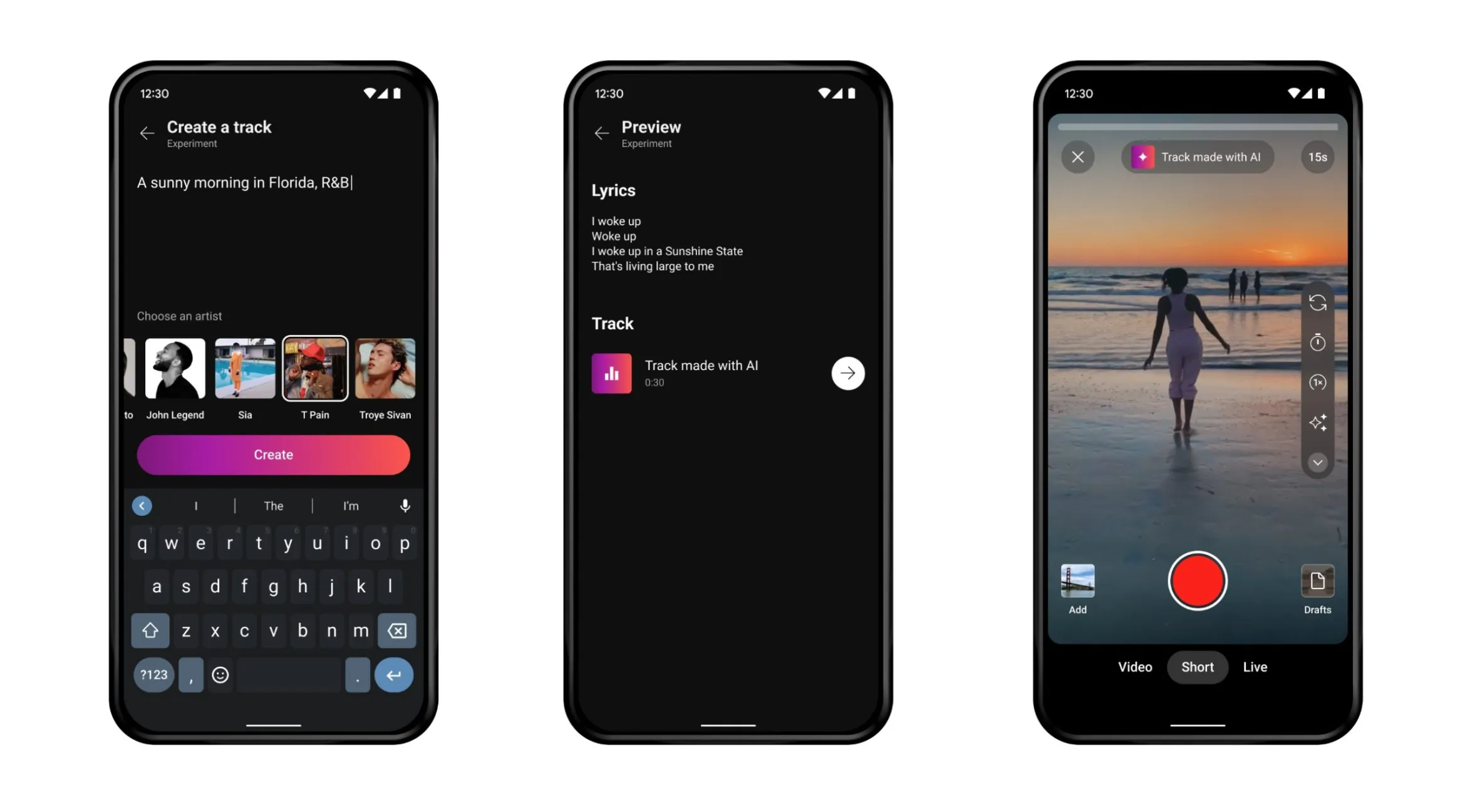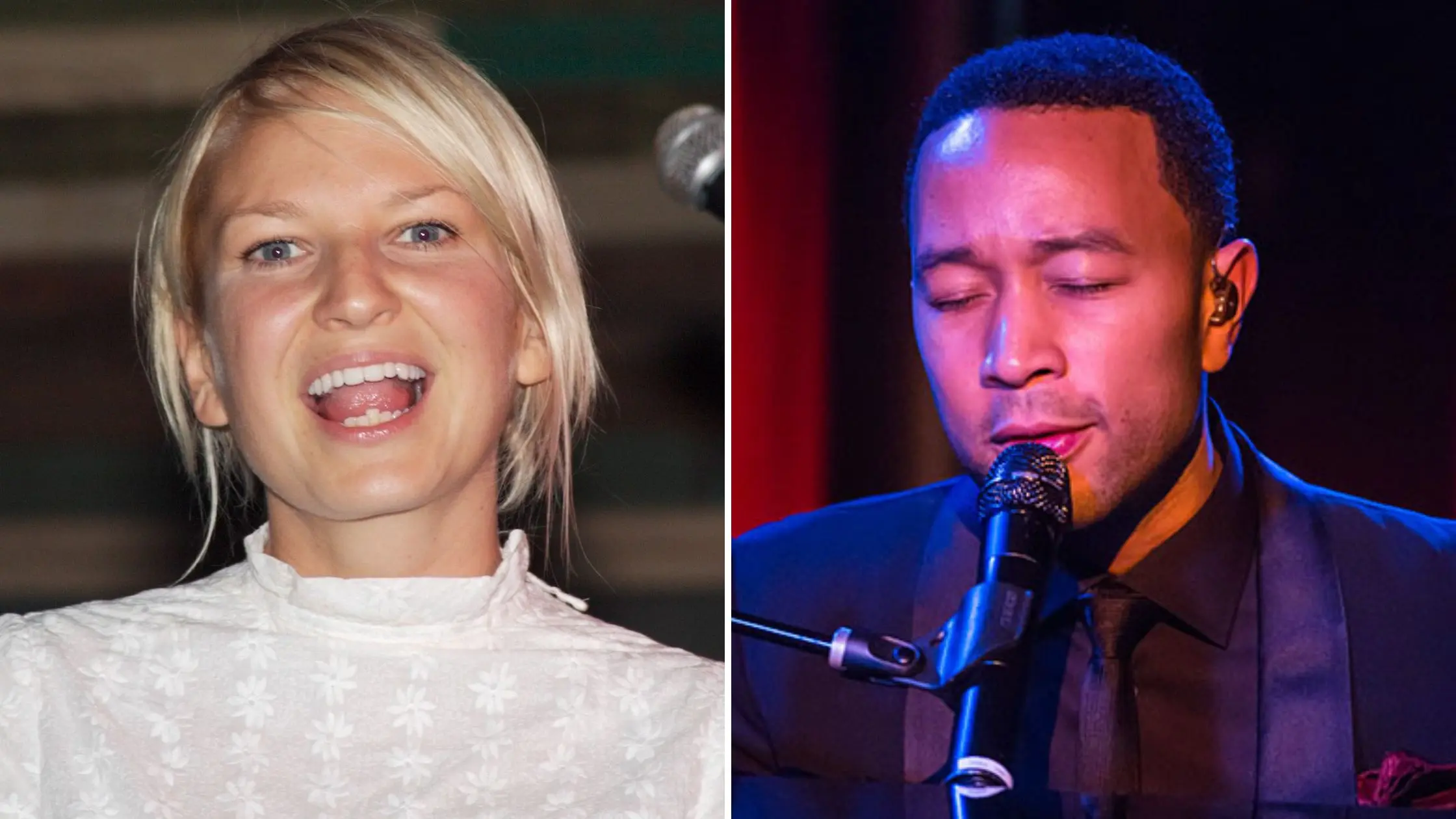- YouTube’s Dream Track AI tool enables users to create music in the style of nine artists like Charlie Puth and T-Pain using text or humming.
- The music generated by Dream Track carries an inaudible SynthID watermark for identification, developed by Google’s DeepMind.
- YouTube plans to remove AI-generated music covers and content mimicking individuals, likely due to copyright concerns.
YouTube has rolled out a new generative AI feature, Dream Track, allowing users to create music by either entering text or humming melodies. The feature, currently in its testing phase with a few select content creators, enables the generation of 30-second music clips in the styles of nine famous artists who collaborated with YouTube for this development.
The Dream Track function is designed to emulate the musical styles of Alec Benjamin, Charlie Puth, Charli XCX, Demi Lovato, John Legend, Papoose, Sia, T-Pain, and Troye Sivan. It is being tested with a select group of U.S. creators. Demonstrations showcase how specific prompts can lead to the creation of music in a particular artist’s style, complete with lyrics, backing tracks, and AI-synthesized voices.

Expanding the AI Music Toolbox
Beyond Dream Track, YouTube has introduced other AI music tools. These are designed to enable music creation without traditional instruments. Demonstrations include converting hummed melodies into saxophone music, transforming beatboxing into drum loops, and converting vocal or MIDI inputs into various musical styles.
Also read: Google and universal music partner up to licence AI-generated song voices
Technology Behind the Innovation
These AI tools are powered by Lyria, a music generation model developed by Google’s DeepMind. DeepMind’s blog post highlights that music generated by Lyria will carry a unique, inaudible SynthID watermark. This watermark is designed to withstand various alterations, ensuring the traceability of AI-generated content.

Also read: WhatsApp with Snoop Dogg and Paris Hilton as Meta launches AI celebrity chatbots
Coinciding with these advancements, YouTube announced its plan to remove AI-generated music covers and content that mimics individuals, likely due to copyright and legal concerns. This move underlines the complex legal landscape surrounding AI-generated content.
YouTube’s introduction of AI-driven music creation tools represents a significant advancement in the blend of technology and artistry. While these tools promise to revolutionize music creation and broaden creative horizons, they also raise important questions about copyright and the authenticity of AI-generated works. The evolution of these tools will likely continue to influence the music industry, both creatively and legally.

